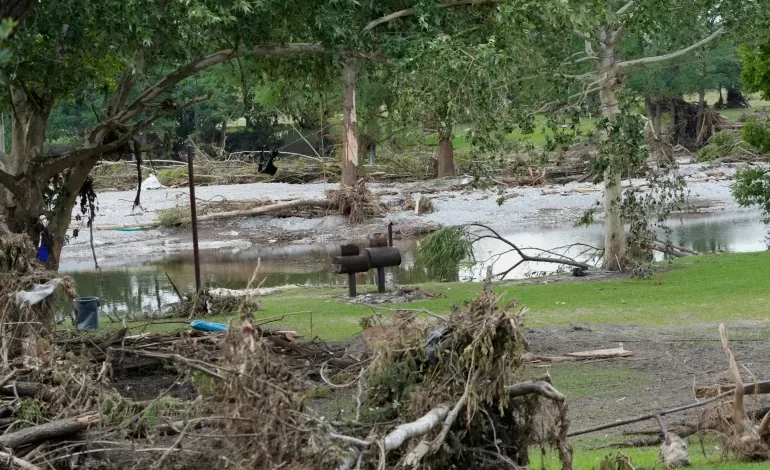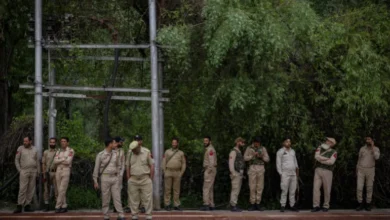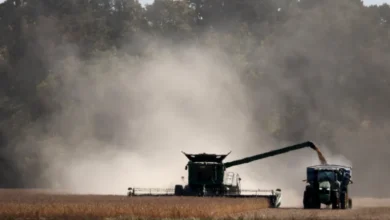As Texas floodwaters recede, lawmakers grapple with emergency preparedness

In the aftermath of the devastating floods that swept through the Texas Hill Country in Texas in the United States, a tight-knit community is mourning the loss of at least 110 lives to flash flooding – including 27 at Camp Mystic, an all-girls summer camp situated along the Guadalupe River.
Camp Mystic bore the brunt of the floodwaters, but the region is home to several popular sleepaway camps and youth facilities serving families from across Texas, including Hill Country Youth Ranch. Tony Gallucci, who has lived in the area for more than 40 years, works there.“We’re gonna have some clearing [of debris like fallen trees] to do, we’ve got a log jam and that kind of stuff,” Gallucci said. “We do have one road [in their facilities] that buckled; it’ll have to be repaired.”
The ranch sits uphill from the river, unlike Camp Mystic, where 2.4 metres (8ft) of water filled cabins with sleeping campers in the early morning hours of July 4, and the Guadalupe River rose more than six metres (20ft) in two hours. Among the dead is camp director Dick Eastland, who perished trying to save the girls from the rushing floodwaters.
Flash flooding is a recurring threat in this part of Texas. The Hill Country, including Kerr County where the camp is located, has thin soil and limestone bedrock that limits rain from soaking into the ground, funnelling it quickly into rivers and creeks. Storms fuelled by gulf moisture and clashing air masses often drop several inches of rain in a short span, overwhelming the terrain.That was the case last week, as deep tropical moisture in the wake of Tropical Storm Barry, which had just struck southern Mexico, fuelled intense rainfall. The Guadalupe River has flooded catastrophically in the past, with notable incidents in 1978, 1987 and in 2002, raising longstanding concerns about the vulnerability of riverside camps. Because this risk is well known, the latest tragedy has renewed scrutiny over what went wrong – and whether it could have been prevented.
A policy problem
Earlier this year, the Department of Government Efficiency (DOGE) cut 600 positions at the National Weather Service (NWS) – the agency tasked with forecasting storms and issuing warnings. As a result, many local offices lack the staff needed to adequately inform the public. In Houston, 30 percent of NWS positions remain vacant.“Accurate weather forecasting helps avoid fatal disasters. There are consequences to Trump’s brainless attacks on public workers, like meteorologists.” Connecticut Senator Chris Murphy said in a post on X.
However, both the San Antonio and San Angelo NWS field offices, which oversee forecasting for the region that includes Kerr County, were adequately staffed at the time of the flash floods, and the office actually had more staff than usual, with five people on duty instead of the typical two.Murphy’s office did not respond to Al Jazeera’s request for comment.
The NWS issued a flash flood watch at 12:41am Central Time (05:41 GMT), warning that “excessive runoff may result in flooding of rivers, creeks, streams, and other low-lying and flood-prone locations. Creeks and streams may rise out of their banks”. As conditions worsened, a flash flood warning was issued at 1:14 am, and a flash flood emergency was declared after 5:30am local time.
Still, Tom Fahy, legislative director for the National Weather Service Employees Organization, told The New York Times that the San Angelo office remains understaffed overall, missing a forecaster, a meteorologist-in-charge, and a senior hydrologist. Fahy did not respond to Al Jazeera’s request for comment.
The recent job cuts by DOGE could hinder the ability of NWS offices nationwide to predict and respond to future severe weather events. There are additional reductions to the NWS included in the tax bill signed into law by President Donald Trump last week.










